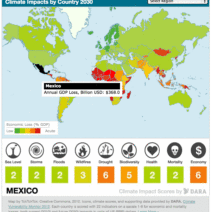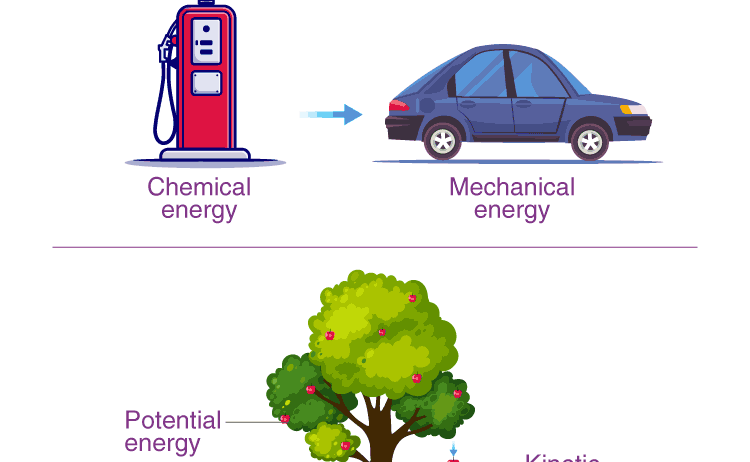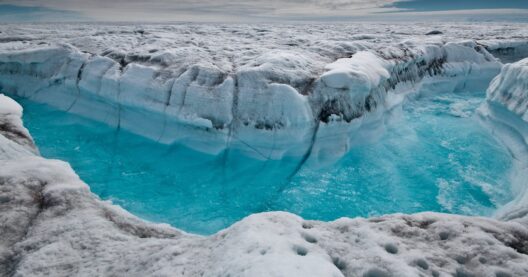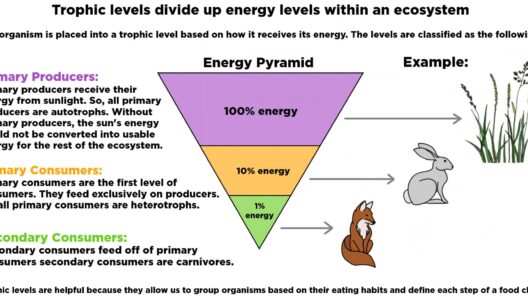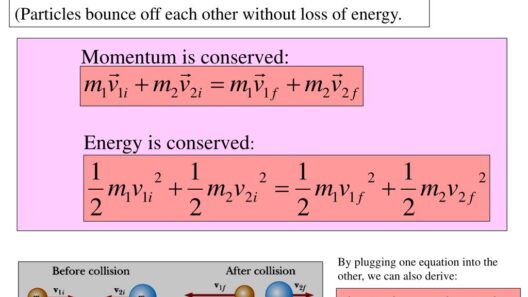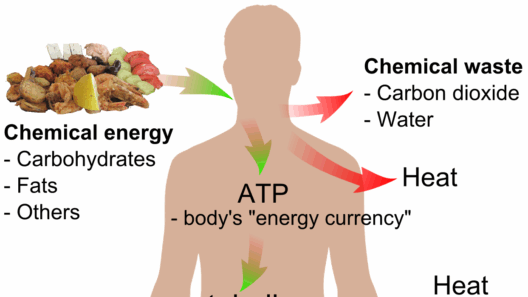The enigma of energy conservation has long captivated the minds of scientists, scholars, and environmentalists alike. At the heart of this discourse lies the seemingly immutable principle, often referred to as Newton’s Law of Conservation of Energy. To discern whether this principle is a myth or an undeniable reality, one must delve deep into the intricacies of physics, the philosophical implications of energy, and the myriad ways this concept interplays with our lived experiences.
To commence the exploration, one must first grasp what the Law of Conservation of Energy entails. In its simplest form, the principle asserts that energy cannot be created or destroyed; it merely transforms from one form to another. This metamorphosis can be likened to a chameleon’s adaptive prowess—an ever-changing presence, yet always existent. Whether it be kinetic energy morphing into thermal energy during friction, or potential energy being converted into kinetic energy during a free fall, the constancy of energy remains paramount across all interactions in the universe.
To consider this principle a mere myth would be an egregious oversimplification. Empirical evidence abounds, corroborating the law through various scientific inquiries and experimental validations. The foundational equations of mechanics, rooted in the works of Newton and later expanded upon, leave no room for doubt regarding the fidelity of energy conservation. The dynamics of a swinging pendulum or the orbits of celestial bodies illustrate the flawless interplay of energy transformations, adhering unfailingly to this established law.
Yet, as we journey deeper into this phenomenon, one must also reflect upon the context of energy conservation within our contemporary society. Energy, in various forms, constitutes the lifeblood of civilization. The energy harnessed from fossil fuels has propelled industrial revolutions, engendering prosperity and advancement. However, this success is accompanied by a steep environmental cost, leading one to ponder whether the application of the conservation law transcends mere scientific observation, venturing into the realm of ethical responsibility.
The allure of the conservation principle also lies in its philosophical underpinnings. Consider the concept of energy in the broader spectrum of existence. From the vibrant energy of a bustling metropolis to the tranquil energy of a secluded forest, the energy within our surroundings ebbs and flows in a continuous dance. The law invites a reflection on existence itself—each transformation echoing the cyclical nature of life, invoking an intrinsic understanding that nothing is ever truly lost; rather, it is transformed. This perspective places us as stewards, challenged to recognize our role in this cycle.
Moreover, as the world grapples with climate change, the mythos surrounding renewable energy sources burgeons. Solar panels capture the sun’s radiant energy, transforming it into electricity, while wind turbines harness the relentless gusts that sweep across landscapes. These innovations exemplify the law in action, showcasing humanity’s ingenuity in adapting to sustain natural resources. However, the transition to these sustainable energy paradigms is convoluted, wrought with skepticism and resistance. It is vital to understand that the conservation of energy is not only a scientific doctrine but also a clarion call for environmental stewardship, urging a harmonious coexistence between technological advancement and ecological equilibrium.
The ambiguity surrounding the application of energy conservation can also lead to misconceptions. Many equate the conservation of energy with the availability of resources and overlook the nuances of energy quality. Energy transformations often come with losses—typically in the form of heat—rendering some forms of energy less useful than others. For instance, while the energy emitted from a burning coal is immense, its transformation into usable electricity faces significant inefficiency. Thus, the mythos lies not in the existence of the conservation law itself but in the oversimplified assumption that all energy transformations are equal.
Furthermore, it is crucial to consider the implications of energy conservation on a global scale. As nations strive to mitigate the adverse effects of climate change, the expectation to uphold the conservation principle lends itself to an imperative for innovation. The energy crisis serves as a grim reminder; finite resources will not sustain the burgeoning populace indefinitely. This stark reality embodies the myth that energy is an infinite commodity, urging a metamorphosis in perspective. The future hinges upon the balanced equation of conservation—balanced not only within natural laws but also in societal commitments toward sustainable energy practices.
In summation, Newton’s Law of Conservation of Energy stands grounded in scientific credence, firmly rebutting the notion of being a mere myth. However, the manifold interpretations and applications of this law necessitate a more nuanced understanding. This principle transcends mathematics; it encapsulates a philosophy, a lifestyle choice, and a catalyst for progress. The unique appeal lies in recognizing our interconnectivity with energy—its transformations echoing the very essence of existence. For the future of our planet, it is incumbent upon us to embrace this reality, transform our understanding of energy, and champion the cause of conservation as a collective movement towards a sustainable future.


